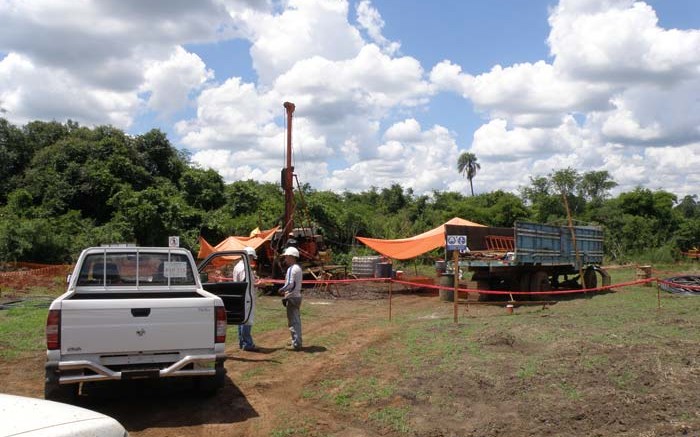Investors in uranium stocks are a weary bunch at this point. And despite a number of factors hinting at a recovery in uranium oxide prices, they continue along a downward trajectory.
The latest damaging news for uranium bulls came out of Japan, a country that was only recently the source of much optimism due to the government’s stated preference to reincorporate nuclear reactors in its energy mix.
A Japanese district court halted the restart of two nuclear plants: Ohi 3 and 4, operated by Kansai Electric Power.
The two reactors were the only ones to restart in the country after the Fukushima disaster, but they were taken offline for scheduled maintenance last September. Authorities had not yet completed a safety review, but the court ruling, if it holds up on appeal, will make that a moot point.
The ruling sided with local anti-nuclear plaintiffs, with the court stating that while it recognized the importance of atomic power, its production was trumped by personal rights.
The court statement reads, “from the perspective of protecting personal rights and health from radioactive substances, there are doubts about whether safety technology and equipment will be sufficient.”
So while the ruling doesn’t legally block the restart of other reactors under review, it is a near-term victory for the anti-nuclear camp. Reuters notes that 67% of Japanese citizens polled are now against nuclear reactor restarts.
Scotiabank analyst Ben Isaacson says plant restarts in Japan will be a long process.
“It’s looking more and more likely that 2014 reactor restart estimates will drift into 2015,” he writes in a research note. “However, growing financial burdens by the utilities, and rising energy prices, should pressure the Japanese government to keep pushing forward.”
The court ruling adds to an already glum picture for uranium oxide prices, as data from the U.S. show a decrease in demand.
The lower U.S. demand is tied to cheaper electricity prices brought on by the vast amounts of shale gas coming onto the U.S. market, which allows uranium-enrichment plants to run more efficiently. And the more efficiently they run the less uranium they require, putting further downward pressure on prices.
Finding efficiencies and reducing uranium demand is known as “underfeeding,” and it has led to reduced demand of 5 million to 8 million lb. per year.
So despite producers turning out less uranium than is being consumed — which means the market is technically in deficit — the weaker demand has inventories looking more robust and prices falling. Spot uranium oxide is trading for US$28 per lb. — its lowest level since 2005.
With pricing so soft, Cameco has shelved its Millennium uranium mine project in northern Saskatchewan.
Cameco asked the Canadian Nuclear Safety Commission to stop its environmental assessment of the project, and it withdrew an application for a 10-year licence to build and operate the mine.
Millennium sits 600 km north of Saskatoon, and was meant to be an underground mine that would extract between 150,000 and 200,000 tonnes per year. The plan was to process ore at the company’s Key Lake operation, 36 km south.
Cameco still plans to do limited work at Millennium, so that it can resubmit its application should uranium markets rebound.


Be the first to comment on "Commentary: How low can uranium prices go?"